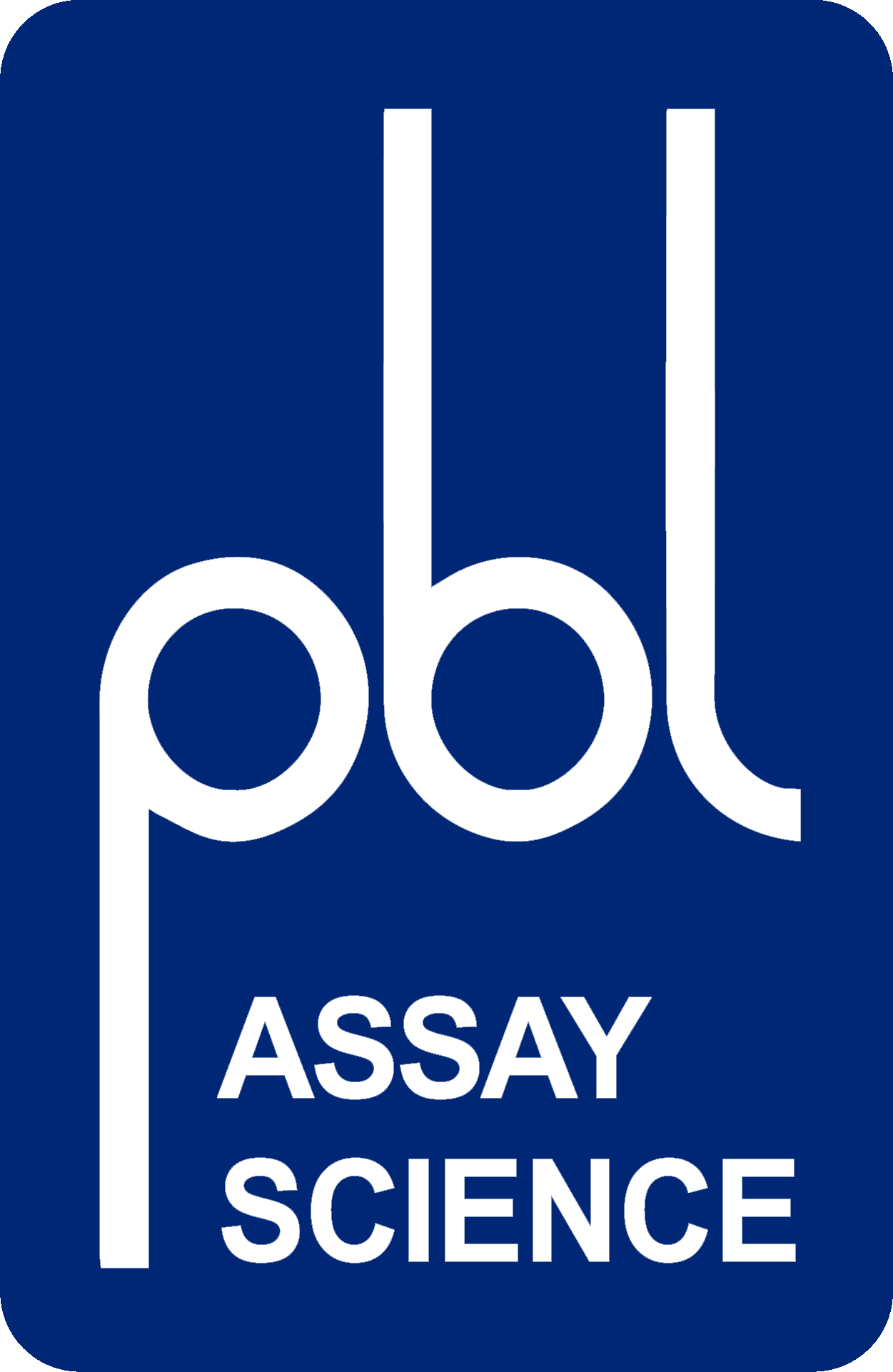DIY Mouse IFN-Lambda 2/3 (IL-28A/B) ELISA (TCM)
Catalog Number: 62830
This DIY ELISA kit is designed to detect mouse IFN-Lambda 2 and 3 (IL-28A and B) with similar reactivity. The standard in this kit is IFNL3 (IL-28B).
$767.00
Product Info
| Matrix Compatibility | Tissue Culture Media (TCM) |
|---|---|
| Assay Range | 31.25 - 2000 pg/ml |
| Assay Length | 4 hours, 40 minutes |
| Specificity | Recombinant Mouse IFN-Lambda 2 (IL-28A) and Recombinant Mouse IFN-Lambda 3 (IL-28B) |
This DIY ELISA is a Do-It-Yourself Development kit that contains the basic components necessary for the development of sandwich ELISAs to measure natural and recombinant Mouse IFN-Lambda 2/3 (IL-28A/38B). DIY kits are intended for the analysis of cell culture supernates. Other matrices need to be evaluated on a case-by-case basis. When used according to instructions and recommended materials, each DIY kit contains sufficient materials to develop approximately fifteen 96-well ELISA plates.
Specifications
| Storage | 2-8°C |
|---|---|
| Expiration Date | One year from the date of manufacture |
| Shipping Condition | Wet Ice |
Materials Provided
- Capture Antibody
- Detection Antibody
- Standard
- Streptavidin-HRP
Solutions Required (Not Provided)
- PBS - 137 mM NaCl, 2.7 mM KCl, 8.1 mM Na2HPO4, 1.5 mM KH2PO4, pH 7.2 - 7.4, 0.2 μm filtered
- Wash Buffer - 0.05% Tween® 20 in PBS, pH 7.2 - 7.4
- Reagent Diluent - 1% BSA in PBS, pH 7.2 - 7.4, 0.2 μm filtered (Quality of BSA is critical)
- Substrate Solution - 1:1 mixture of Color Reagent A (H2O2) and Color Reagent B (Tetramethylbenzidine, TMB) Stop Solution - 2 N H2SO4
Tech Info & Data
Background
IL-28A, IL-28B and IL-29 are a recently discovered class II cytokine family that displays similar properties to type I interferons (IFNs)1,2. Similarly, they have been shown to function by signaling through the JAK-STAT pathway, upregulating the expression of genes involved in controlling viral replication and cellular proliferation. Consequently, they have also been described in the literature as lambda IFNs (IFN-λ1 [IL-29], IFN-λ2 [IL-28A] and IFN-λ3 [IL-28B]) or collectively as type III IFNs. Additional studies have shown that both type I and type III IFNs are upregulated during viral infection, suggesting each may have similar and perhaps distinct roles in controlling the host response to pathogens3.
All type III IFNs signal through a heterodimer receptor complex comprised of the IL-10R2 and the IL-28αR receptor chains to initiate the signal transduction cascade. In contrast, all the type I IFNs (α, β, ε, κ ,ω) initiate signaling by binding to the IFNAR1/IFNAR2 receptor complex to promote signaling. IFNAR gene knockout studies have indicated that type III IFNs cannot effectively maintain a potent antiviral response. In contrast, IL-28αR knockouts showed little effect on the overall antiviral response, suggesting that the role of type III IFNs may be more selective to specific cells and viruses. However, either receptor knockout showed a strong reduction in reducing viral load when mice were treated with TLR3 and TLR9 agonists4. Therefore, it may be possible that the type III IFNs have been evolutionarily conserved to combat pathogens that target specifically the IFNAR receptor complex or other unique aspects of the classical type I IFN pathways5.
Citations
3 Citations:
- Nagai, M, et al., (2023), "High body temperature increases gut microbiota-dependent host resistance to influenza A virus and SARS-CoV-2 Infection", Nat.Commun., 14(1):3863, PMID: 37391427, DOI: 10.1038/s41467-023-39569-0 (link)
- Hoang, Hang Thi Thu (2016). Analysis of Host Genetic Factors Influencing Susceptibility to Influenza A Infections Using Knockout Mice. University of Veterinary Medicine Hannover, 137 pgs. PMID: no PMID. (link)
- Fox, Julie, et al. (2015). Interferon Lambda Upregulates IDO1 Expression in Respiratory Epithelial Cells After Influenza Virus Infection. Journal of Interferon & Cytokine Research, 9 pgs. PMID: 25756191. (link)
References:
- Sheppard et al. (2003) Nat. Immunol., 4:63-68.
- Kotenko et al. (2007) Nat. Immunol., 4:69-77.
- Onoguchi et al. (2007) J. Immunol., 282:7576-7581.
- Ank et al. (2008) J. Immunol., 180:2474-2485.
- Ank et al. (2006) JICR, 26:373-379.

